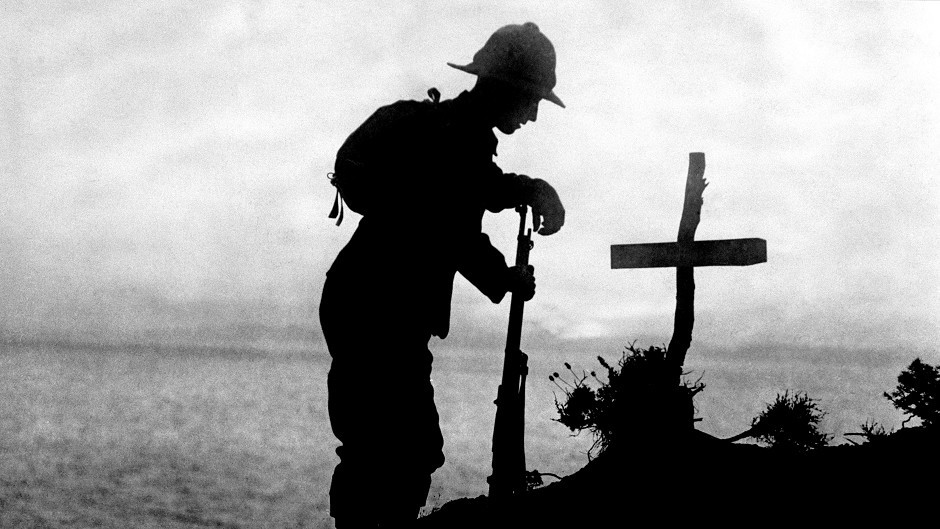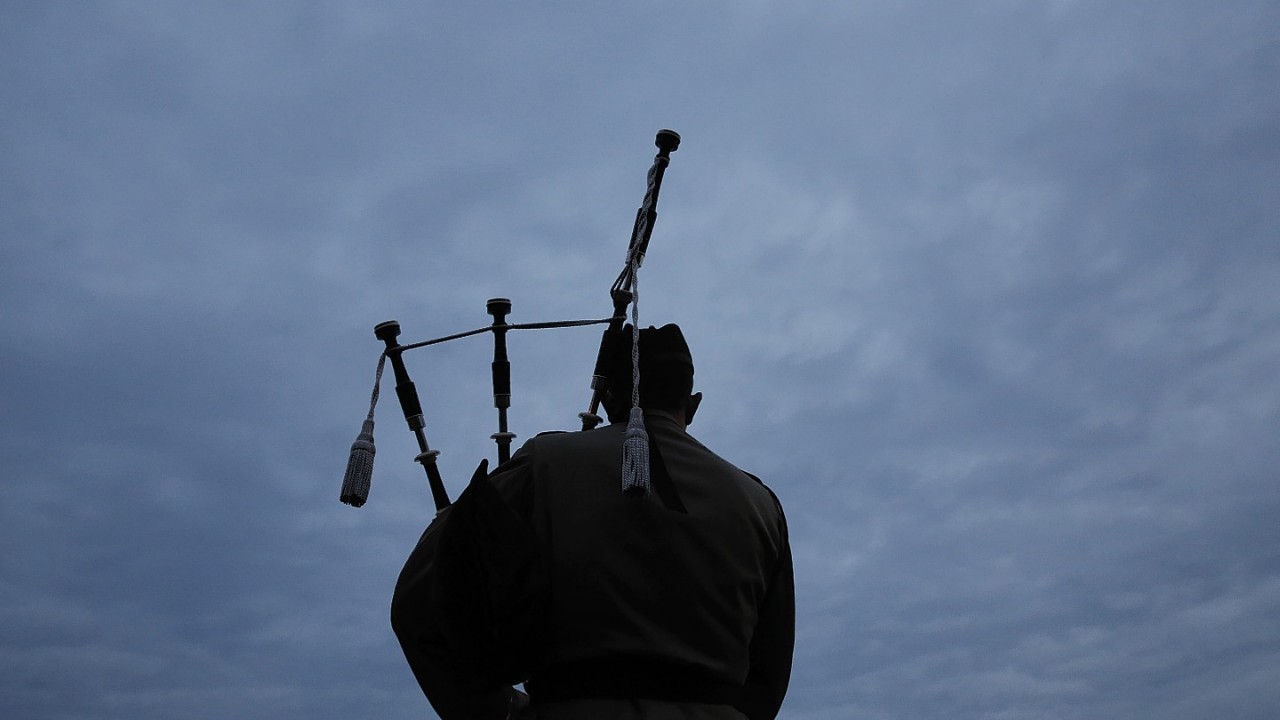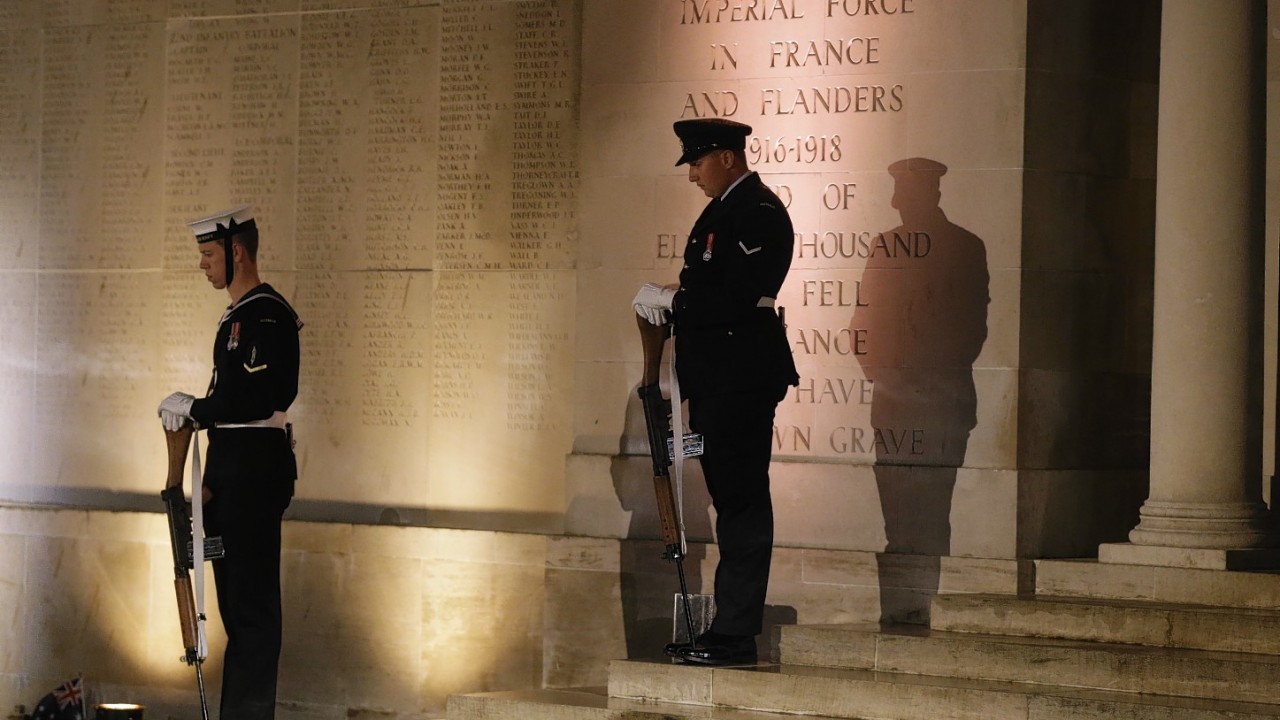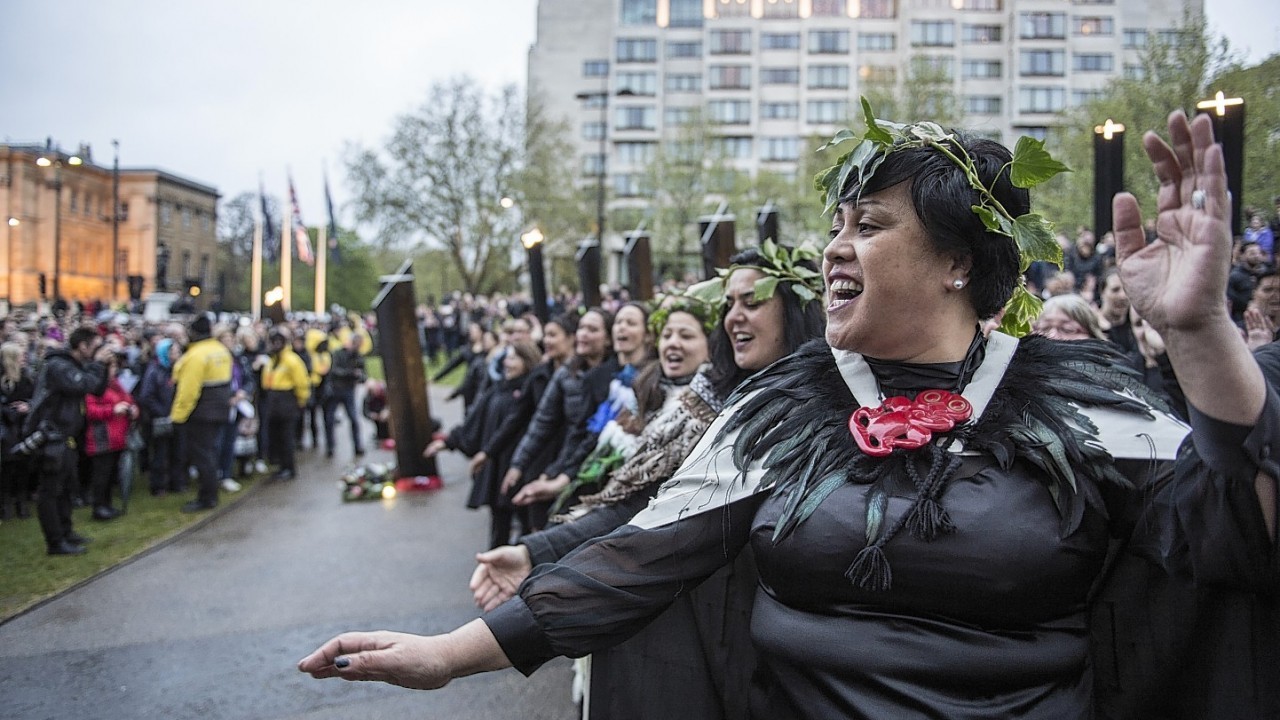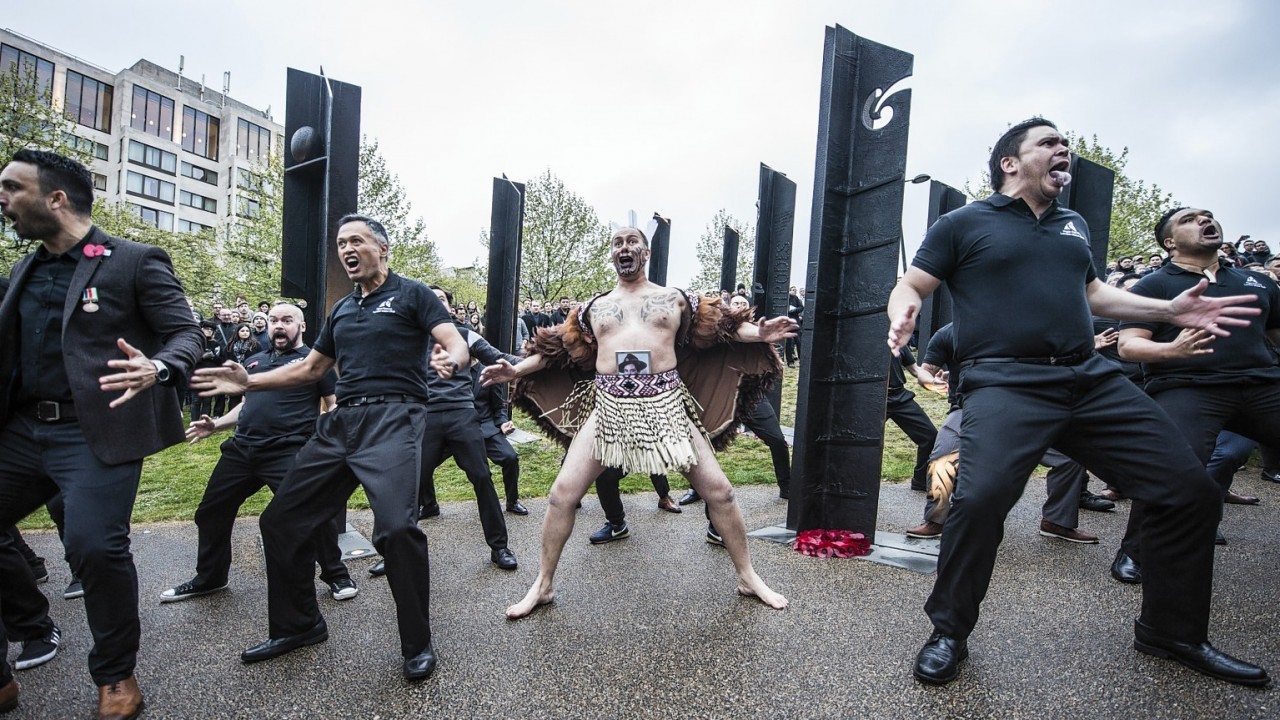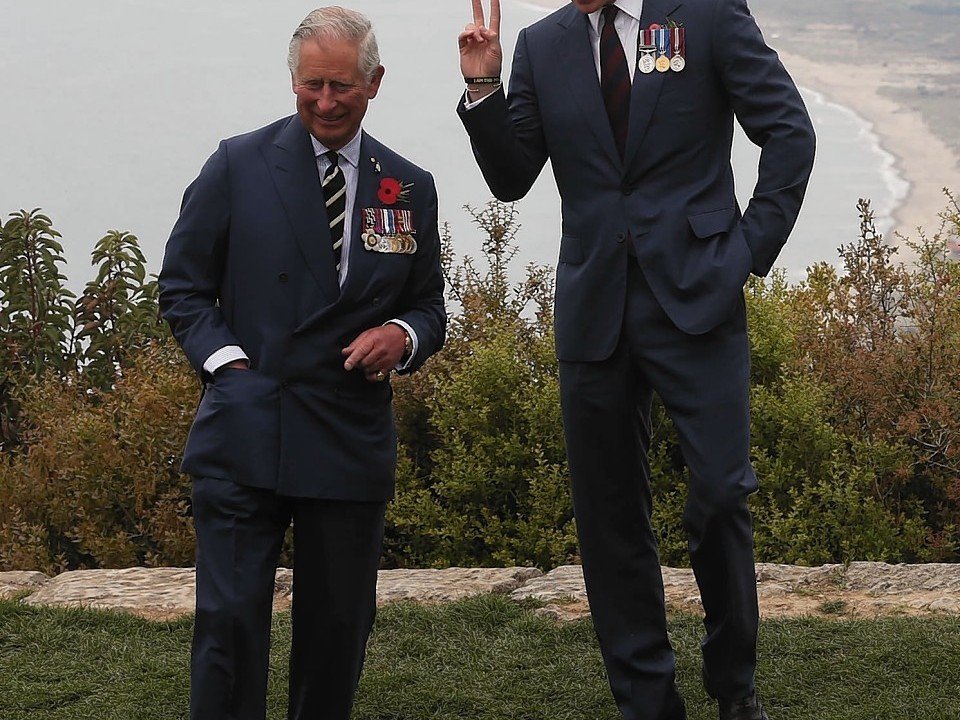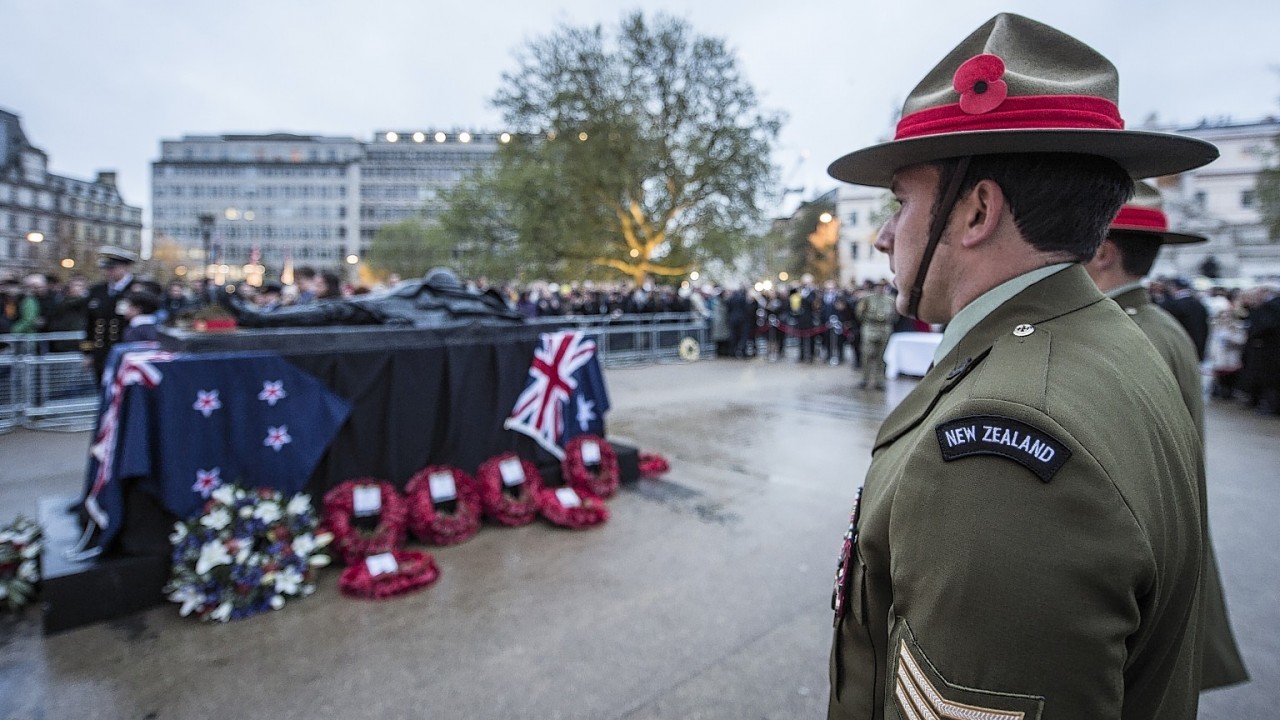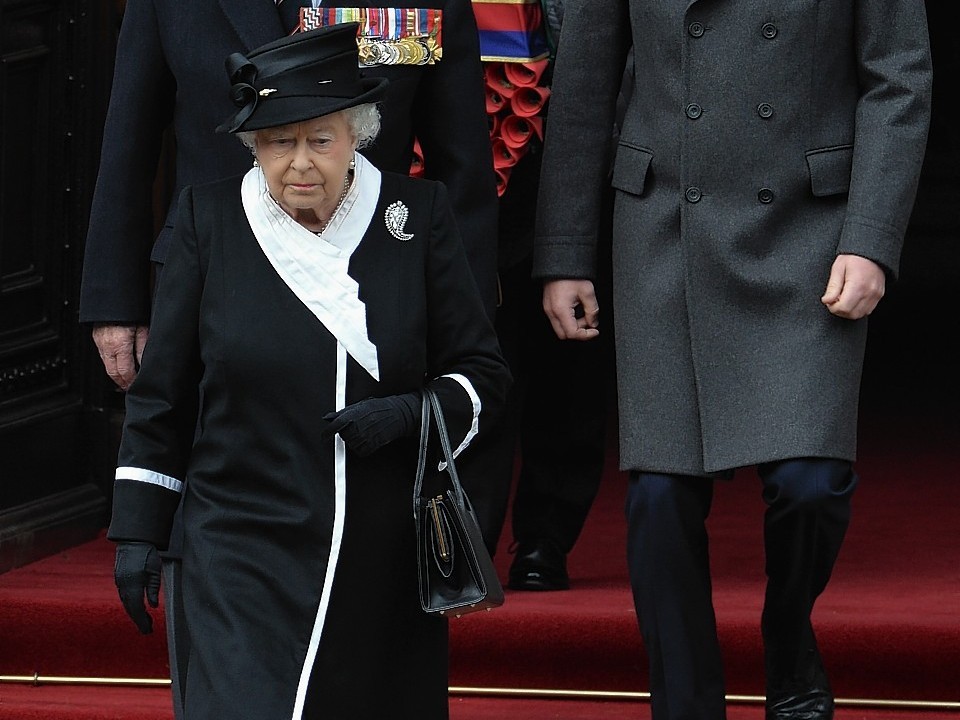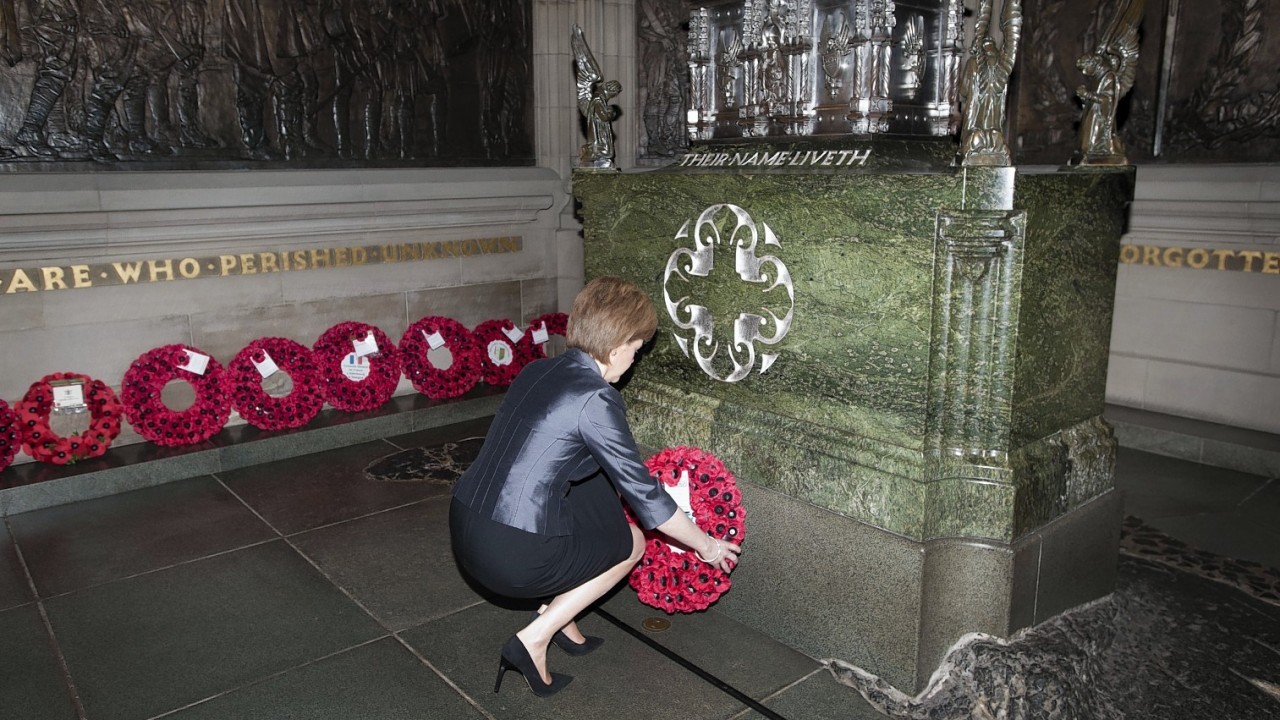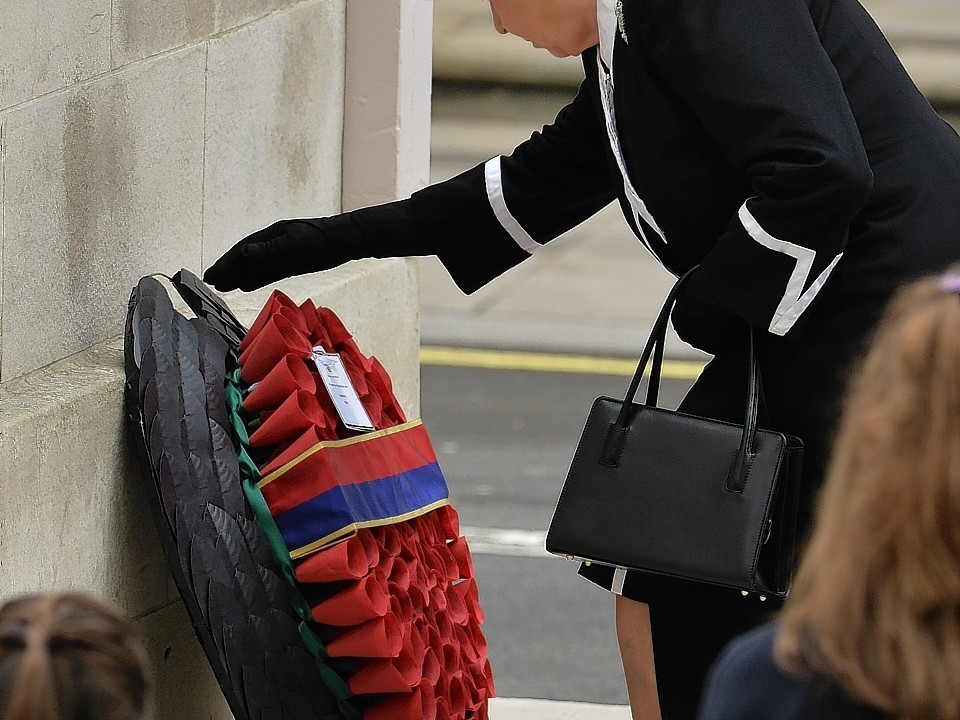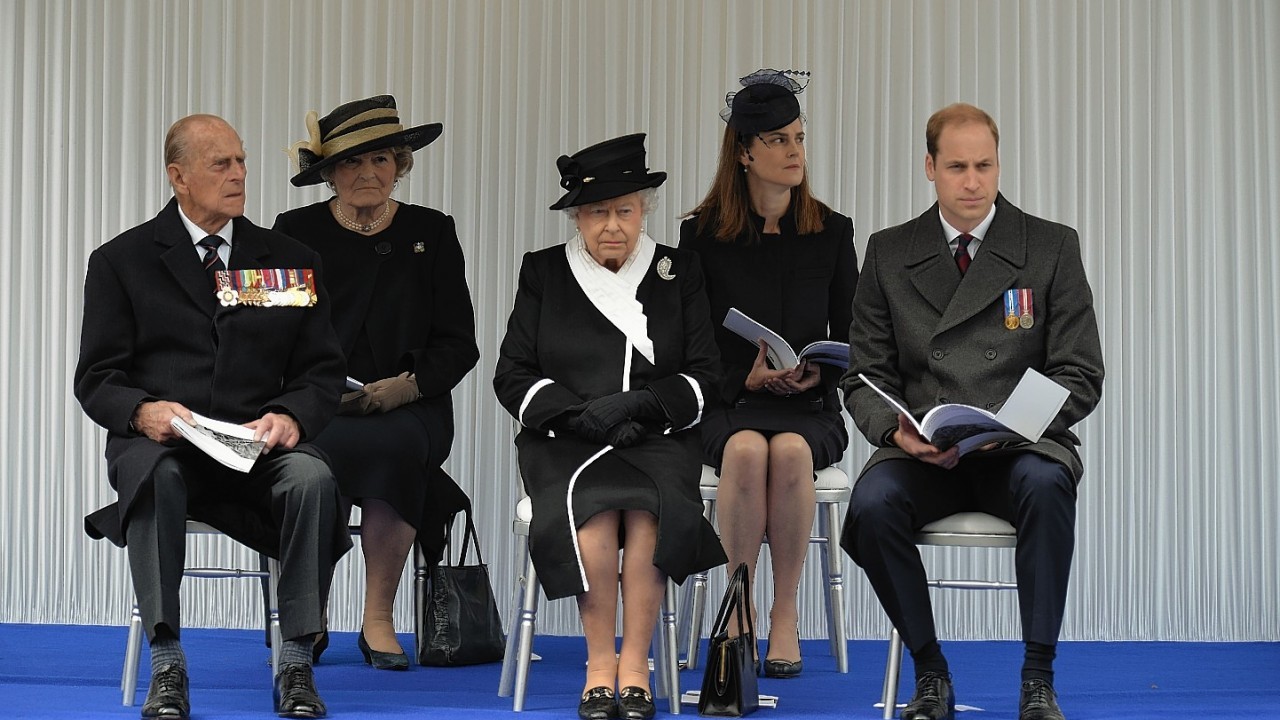Services have been held across the globe in commemoration of the thousands who died during the First World War’s Gallipoli Campaign.
The tens of thousands who died and fought were remembered during a poignant ceremony staged at Whitehall’s Cenotaph, attended by the Queen, other senior members of the royal family, Prime Minister David Cameron and top military figures.
The Queen was the first to lay a wreath at the iconic monument in memory of the Anzac (Australian and New Zealand Army Corps) forces who stormed Turkish beaches in 1915.
The outdoor service was also attended by the Duke of Edinburgh, Duke of Cambridge, Deputy Prime Minister Nick Clegg, Labour leader Ed Miliband and descendants of the troops who took part in the offensive.
The land campaign launched by Allied forces 100 years ago today on Turkey’s Gallipoli peninsula was designed to be a decisive blow aimed at knocking the Turks out of the war.
But eight horror-filled months later, and at a cost to both sides of an estimated 145,000 lives, the Allies pulled out, having failed in their objective.
In the shadow of the Cenotaph those gathered listened as buglers from the Band of Her Majesty’s Royal Marines sounded The Last Post a few moments after Big Ben tolled the last stroke of 11am.
The Queen and those around her stood motionless in quiet reflection as they observed two minutes’ silence as London traffic rumbled by in neighbouring streets.
The head of state placed the first wreath near the base of the Cenotaph and she paused for a moment to bow her head before making her way back to her place.
Mr Cameron followed laying his own floral tribute as did a number of senior ministers and George Brandis, Australia’s Attorney General, and David Carter MP, Speaker of the New Zealand House of Representatives.
During the service, the famous verse from Laurence Binyon’s poem For The Fallen, which begins with the memorable line “They shall grow not old, as we that are left grow old”, was read by 22-year-old Michael Toohey.
Mr Toohey’s great great uncle Private Thomas Toohey was serving with the Royal Dublin Fusiliers when he was killed in action during a Gallipoli landing at V Beach, Cape Helles on April 25 1915 aged 22.
More than half a million Commonwealth and Irish soldiers fought during the eight-month long Gallipoli Campaign 400,000 from Britain, 15,000 from Ireland and 140,000 drawn from the modern nations of Australia, New Zealand, Canada, Sri Lanka and the Indian sub-continent.
Almost 36,000 Commonwealth servicemen are buried or commemorated on Gallipoli, including nearly 25,000 members of British and Irish forces, over 7,200 of Australian units, more than 2,300 of New Zealand forces, and more than 1,500 members of the Indian Army.
Gallipoli was a defining moment in the history of Australia and New Zealand and helped to forge the nations’ identities and create the “Anzac spirit” of endurance, courage, ingenuity, good humour, and mateship.
The date the campaign began – April 25 – is commemorated every year as Anzac Day which has become a day when Aussies and Kiwis remember all their forces who have served and died.
Gallipoli has become a place of pilgrimage for young Antipodeans who want to trace the footsteps of relatives.
mfl
